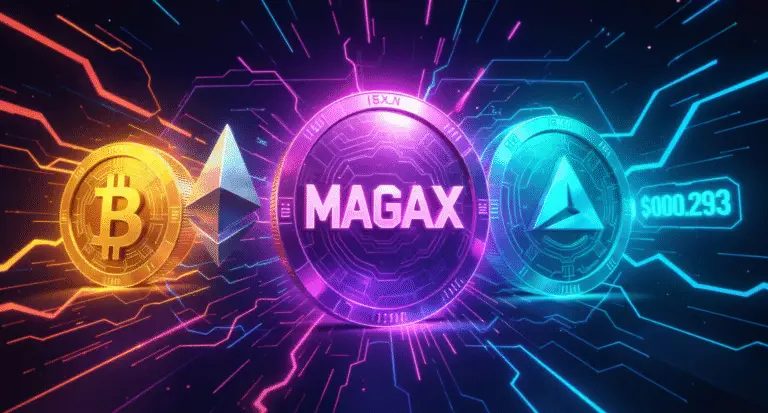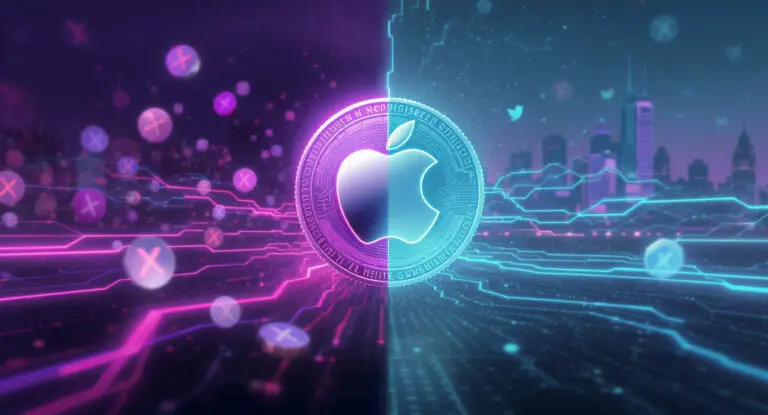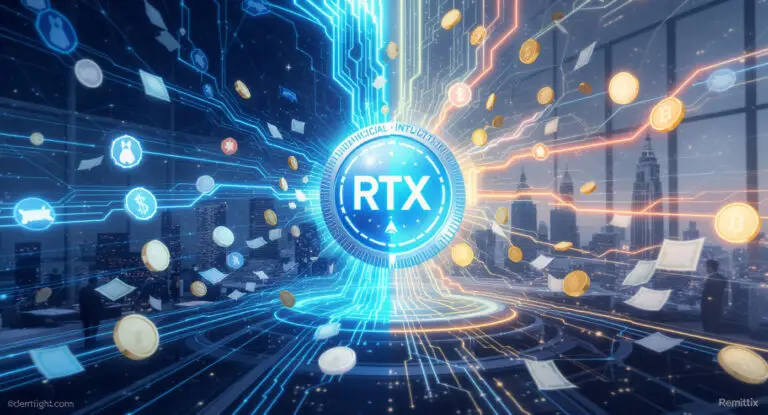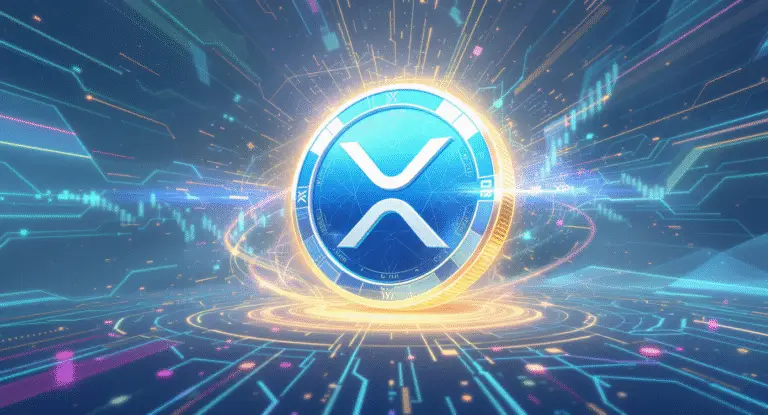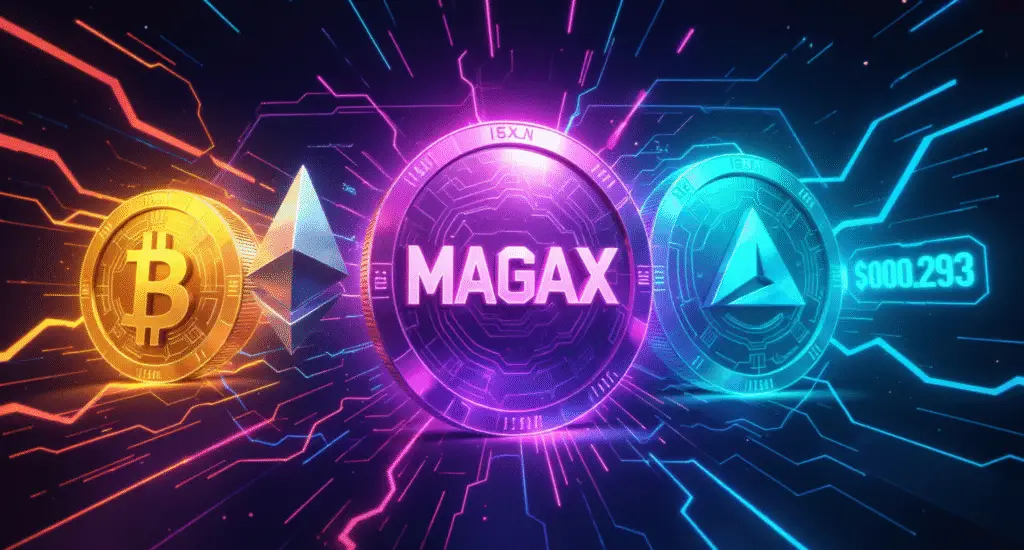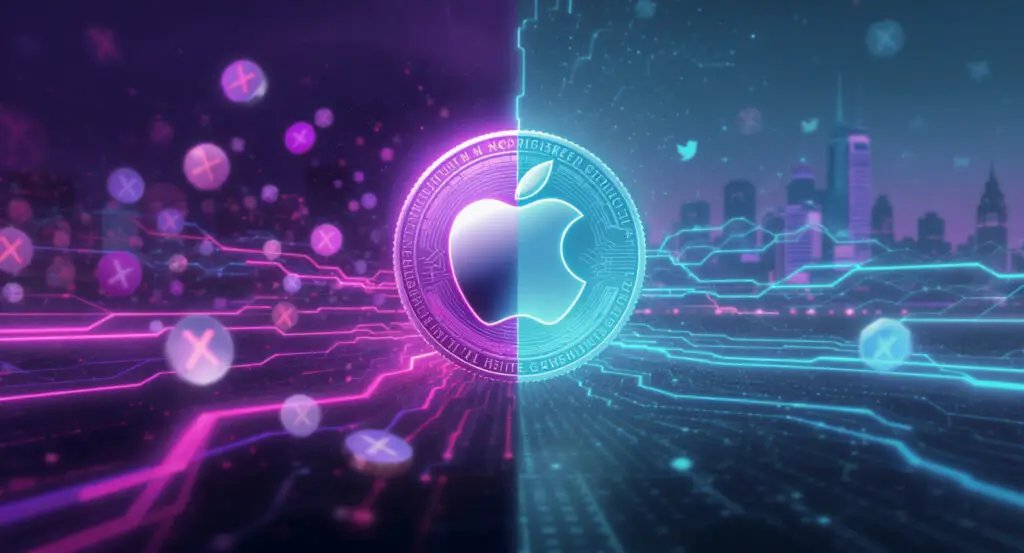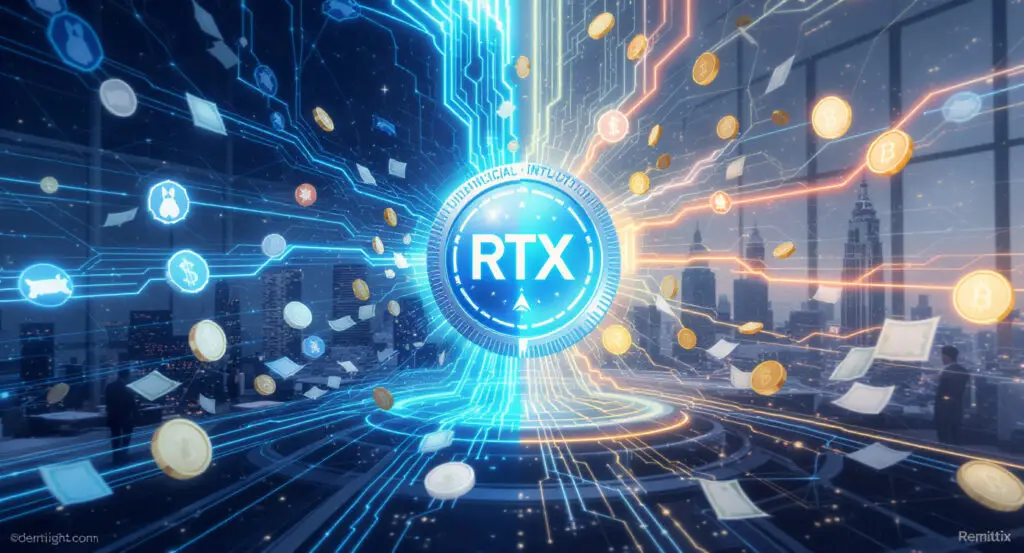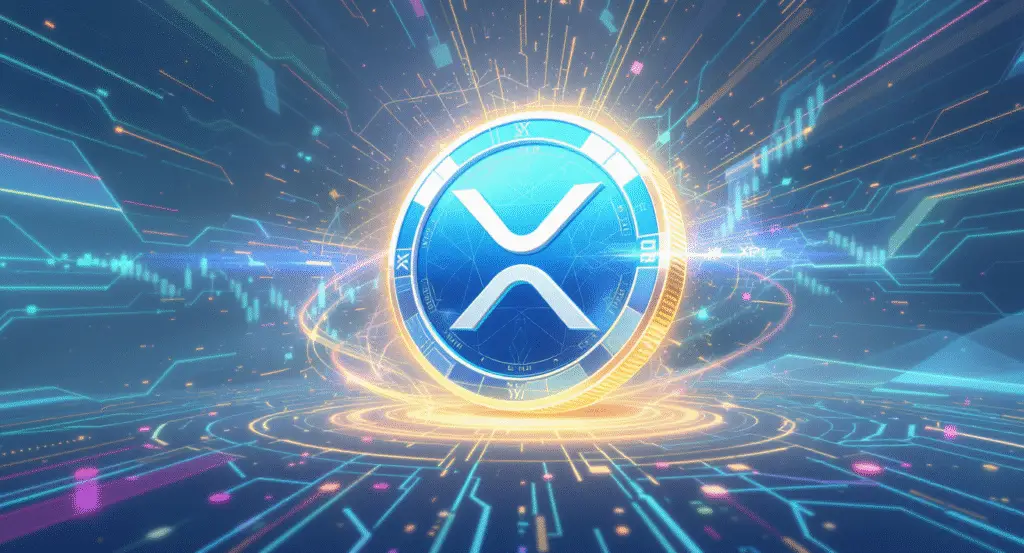The founder of Uber cracked a deal with Spotify to facilitate instant access to streaming music, infamously neglected to pay attention to the royalty ecosystem, particularly for artists working outside of the label framework. Independent musicians. In the latest document, it is argued that Spotify’s decision to stop paying royalties on songs with less than 1,000 streams has created a whopping loss of 47 million United States dollars for independent musicians alone in the year 2024. Analysis of streaming data is quite convincing, but in a surprising turn of events, Spotify has come out forcefully to discredit these allegations. Emerging artists now stand to lose vital debates concerning the harsh commercial realities of their much beloved music streaming services.
The 1000 Stream Threshold: A New Economic Reality
In late 2023, Spotify announced a pivotal policy change – no more paying royalties to musicians for songs which have less than 1000 streams. With one calendar year of streaming data pitted against the proclamations of the indie artists, the implications of this new rule at this juncture is sharp focus to the crowd of musicians who Elvis presley once called ‘still trying to build a platform.’
The Streaming Pyramid: A Landscape of Inequality?
Spotify’s streams distribution for 2024 aptly illustrates the streaming landscape–sparse and barren. Of the mind boggling 202.2 million tracks available, a mere 33, or 0.000025 percent of the total tracks, amassed over one billion streams, achieving the wide coveted status. Not far removed, 0.25% of the tracks, equaling 492,000, achieved streams in the range of one to one billion, while one percent of tracks, 2.1 million, fell between one hundred thousand and one million. The final and lowest tier streams of monetizing tracks, those between one thousand and one hundred thousand, stood at twelve percent of the total, translating to roughly 24.1 million.
Analyzing this data, it becomes evident that there exists a significant ‘black hole’ in the lower sections of the streaming pyramid. This is the massive number of songs that fall below the thousand stream threshold and don’t earn anything Spotify’s royalties, set at 175.5 million songs–around 87% of the total tracks. This figure has led some analysts claiming that Spotify has essentially demonetized the platform’s music library.
The Missing Millions: Estimating Lost Royalties
As for artist demonetization consequences, further research reveals that 34.2 million tracks had between 101 and 999 streams, 47.7 million had between 11 and 100, and 93.2 million tracks had between 0 and 1 to 10 streams. The extrapolations stated that independent artists collectively missed out on $47 million in 2024 due to potential royalty earnings being rendered unavailing for tracks that have now been demonetized.
Spotify’s Rebuttal: Focusing on Meaningful Payments
These figures and pretty much everything else surrounding them has been challenged quite consistently by Spotify. A company spokesperson argued that a notable portion of the songs surpassing the streams hypothesis, more than 1.34 million songs have surpassed a million streams and more than a thousand songs surpass a billion annually.
In response to that claim, the spokesperson stated, “99.5% of every streams count are tracks who have no less than a thousand streams annually and each of them gets a greater payout under our policy.” “The policy constrains the streams counting at the tens of millions on thousands of tracks that earn an average of 0.02 a month. ” These tracks albeit many in number only about 0.5% of the royalty pool which was above 10 billion in 2024.
Spotify claims that the streams and payments given to smaller artists often get lost in bureaucratic administrative fees that remain unpaid. Record labels ask for a sum of money to be withdraw which falls between 2−50.Streamingservicesandrecordlabelshaveadministrativefeesrangingfrom2−50.Streamingservicesandrecordlabelshaveadministrativefeesrangingfrom1-20 as well. These administrative costs cause the payments to forever be lost in the system.
Spotify concludes that their policies are centered around benefitting proffesional and emerging artists by aiding as many artists emerging onto the industry. Instead of spreading payments across million of tiny amounts, accumulating the funds to one place aid the stream reliant artist the most.



